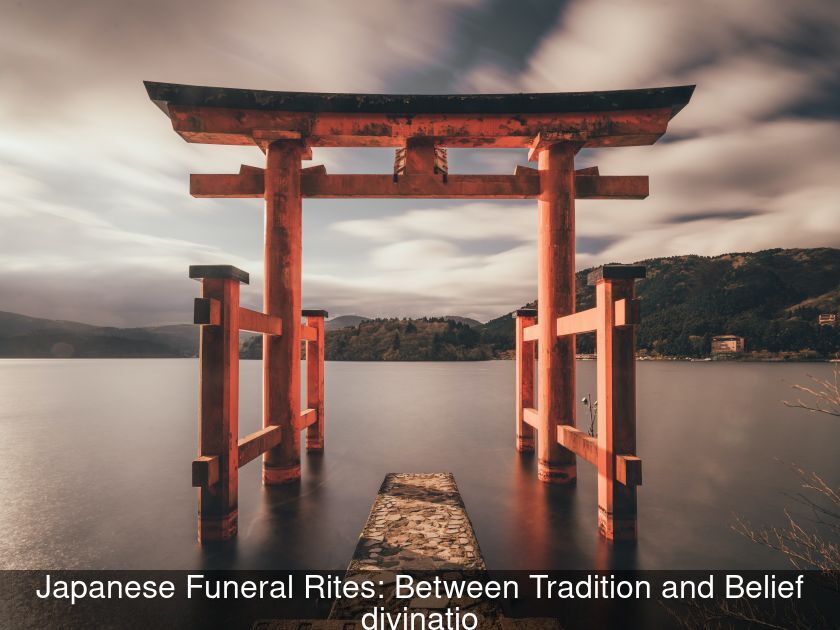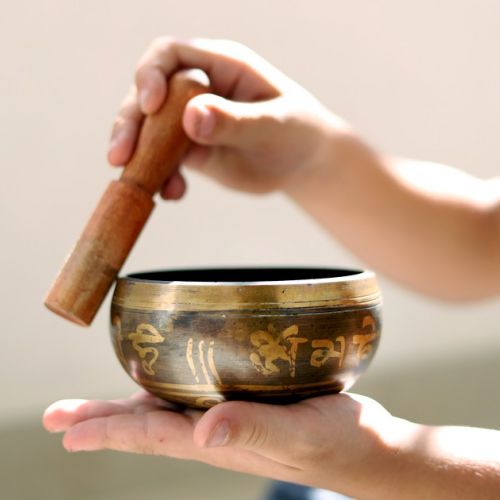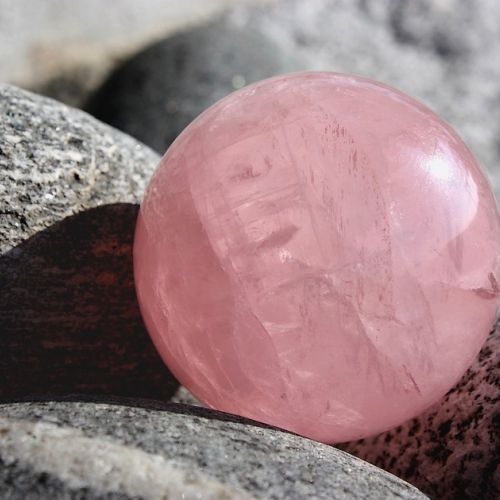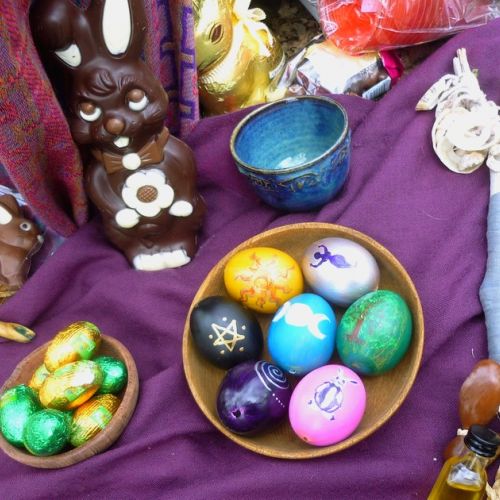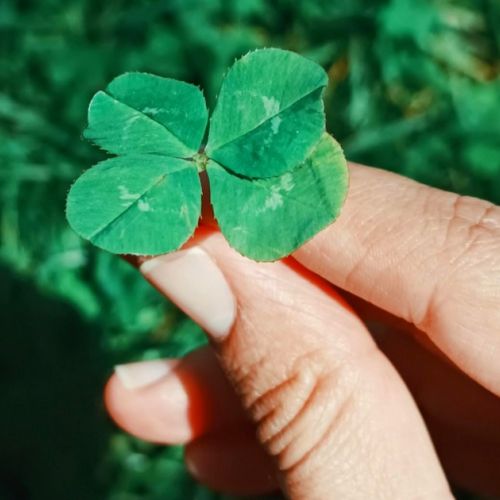Japanese Funeral Rites: Between Tradition And Belief
Japanese funeral rites are a complex blend of Shinto and Buddhist traditions. These practices are still highly respected as death is seen as the beginning of a new life in the afterlife. Moreover, the fear of the spirit of the deceased returning to haunt their family if they have not properly honored them is very real.
The origin of Japanese funeral ceremonies.
They originate from Buddhist and Shinto traditions. These traditions are deeply rooted in the culture and history of the Japanese, who are among the highest spenders in the world when it comes to funerals. Indeed, everything is done to honor the deceased and ensure that they are satisfied with the care they have received, so that they do not have the desire to disturb the living. The most devout Shintoists have an altar in their homes honoring their ancestors, a custom that originated from China and the teachings of Confucius, symbolizing the daily respect of the living for past generations, allowing them to be alive today.
How are funerals conducted in Japan?
As soon as possible after death, loved ones apply "matsugo no mizu" the water of the last moment, to the lips of the deceased, in order to allow their spirit to escape and be reincarnated. Then, there is the decoration of the cushion on which the head of the deceased will rest, adorned with flowers and incense. The funeral wake is usually held the day after the death, either at the family home or in a temple. It is a time for many to pay their respects and see the deceased one last time. Each person who comes to pay their respects brings an envelope containing money, which they give to the family to contribute to the funeral expenses. Upon leaving, visitors sprinkle themselves with salt to purify themselves from any lingering spirits and misfortune that may try to follow them home. Six silver coins will be placed near the deceased to pay for their journey across the river of the dead, the Sanzu-no-kawa (our version of the Styx). Next to them, a knife will also be placed to help defend against other deceased if necessary, as well as a bowl of rice with chopsticks inserted vertically, their last meal before departing.
Cremation or Burial in Japan?
In Japan, the deceased is mandatory cremated, due to lack of space but also as a custom. Tradition dictates that it is the family members of the deceased who slide their body into the cremation chamber. Afterwards, the ashes are placed in an urn, starting from the feet and slowly moving up to the skull, in order to disturb the body's order and the rest of the deceased as little as possible. Then begins a mourning period of 49 days called shiju-kunichi, during which a series of ceremonies are held every seven days to help the soul of the deceased find its way. Following this, a final ceremony takes place where the urn is placed in the family tomb, along with candles, incense, a photo of the deceased, and a priest chanting sutras. Then, there will be a ceremony on the 100th day after death, followed by one each year on the anniversary date.
Why do the Japanese prefer cremation?
The Japanese believe that if one respects the dead, they should not let them putrefy as it is a great dishonor that could leave the soul wandering. This belief stems from the myth of Izanagi's descent into the realm of the dead.
What is the color of mourning in Japan?
In France, the color of mourning is black, while in Japan, mourning is typically worn in white, a color representing the spirit and soul, so that the deceased can turn towards the light of the afterlife. However, for funerals, the Japanese will wear formal black attire such as a suit or a kimono.

